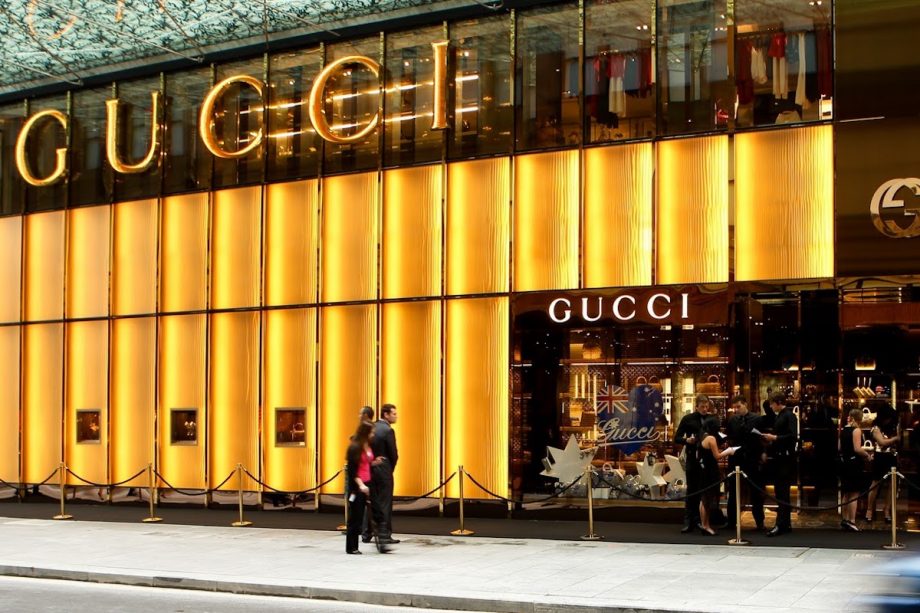Treating yourself with a little bit of luxury shopping has always been part and parcel of travelling. Whether it's picking up a nice bottle of whisky in duty-free or investing in a new bag whilst you're on holiday, it's a time-honoured tradition – and represented one of the biggest money-making opportunities for luxury brands.
However, that's changed in 2020 (like so many other things). Thanks to the complete drop-off in international travel thanks to The Bat Kiss, luxury brands are increasingly relying on domestic as opposed to international customers, Quartz reports.
RELATED: Is Fashion F*cked? Experts Reveal Who Will Come Out On Top Post Pandemic
Many of the world's biggest luxury brands are European, and tourists in Western Europe have long been some of the most important customers for luxury brands. Not only is luxury shopping part of the glamour of a European holiday, but prices of luxury goods cheaper in Western Europe than they are in most other countries, particularly in emerging markets like China.
In particular, the dearth of Chinese and American tourists has dealt a massive blow to luxury brands' bottom lines. But while travel retail has bottomed out, sales of luxury goods in would-be tourist's home countries (i.e. sales in China and the US) have risen.
Indeed, Hermès has actually experienced growth at a time when most other brands are doing it tough – largely driven by Chinese shoppers making domestic purchases, the French brand reported last week. Italy's Gucci, which has been hammered by COVID-19, has seen North American sales spike by almost 50% compared to last year – not quite enough to put them in the black, but a positive trend nonetheless.
View this post on Instagram
Australia is a comparatively small market that's grouped as part of the Asia-Pacific region when you look at most brand's quarterly reports – a particularly unhelpful grouping when it comes to discerning Australian trends, as our contribution to the region's performance is a drop in the ocean compared to other countries that get bundled into the region, like China (the world's biggest luxury market).
Australia, like Western Europe, relies heavily on tourists – particularly from mainland China – for local sales. Australia's relative success when it comes to dealing with the COVID-19 crisis has meant that consumer confidence here is better than it is in many other countries (particularly in Europe, which is battening down the hatches in anticipation of a 'third wave), but time will tell if that translates into a boost in domestic sales.
The theory goes that Australians might decide to invest in luxury goods instead of taking a holiday, with international and even domestic travel mostly off the cards this year. However, high domestic prices, tough economic conditions and that crucial factor – that lack of glamour and excitement that travel brings – might mean we keep our wallets in our pockets.
Alternatively, with the stock markets looking particularly crazy, it might be a good time to invest in a luxury watch, for example...
Read Nex
- Why Japan Has Always Been Miles Ahead In The Men’s Fashion Game
- Europe’s Runway Fashion ‘Shutdown’ Good News For The Rest Of Us
Subscribe to the DMARGE newsletter
Follow DMARGE on Instagram
Follow DMARGE on Facebook
The post Luxury Brands Shift Attention Closer To Home With International Travel ‘Death’ appeared first on DMARGE.
from DMARGE https://ift.tt/3e0GVt5


0 Comments